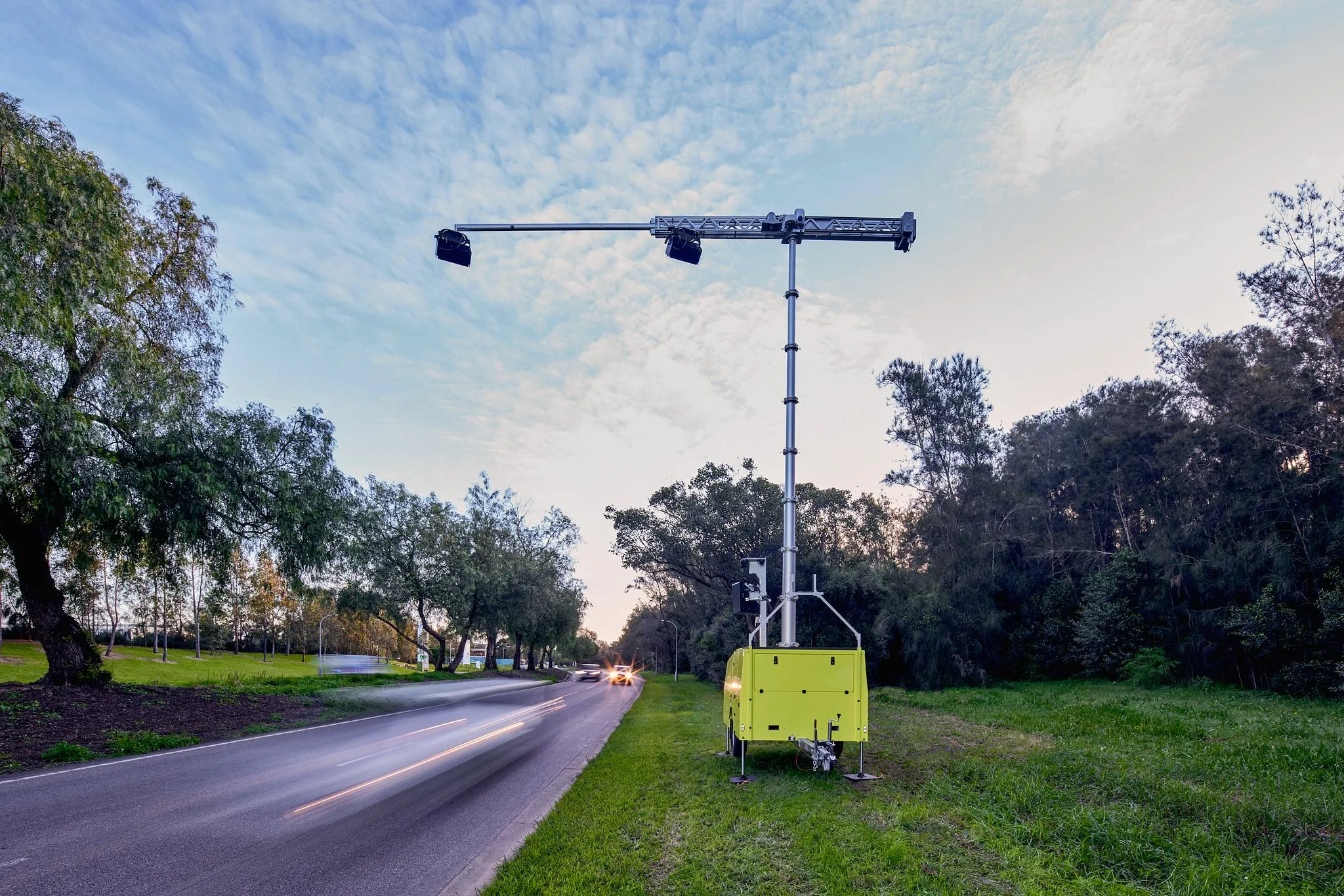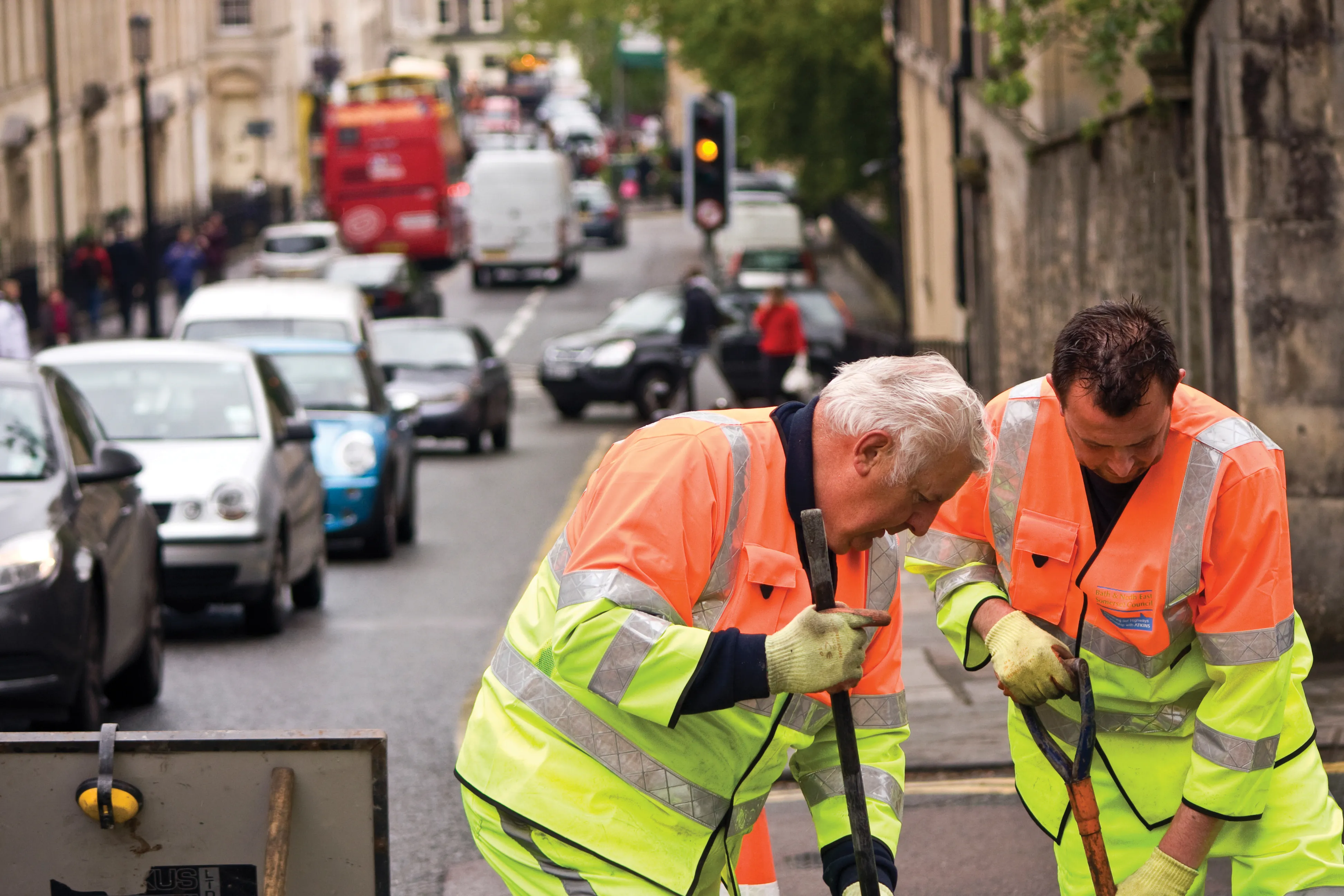Many drivers in Europe will be wishing they had been more careful following the results of a Pan-European police crackdown on drink driving. The European TISPOL police body carried out an enforcement campaign in June 2015 that resulted in 17,006 drink-drive offences being detected from 1,124,163 roadside breath tests. Motorists in 28 European countries were also checked for drugs, and 2,764 offences were detected. The results equate to approximately one offence in every 65 driver breathalysed and give cause
August 19, 2015
Read time: 1 min
Many drivers in Europe will be wishing they had been more careful following the results of a Pan-European police crackdown on drink driving. The European 4753 TISPOL police body carried out an enforcement campaign in June 2015 that resulted in 17,006 drink-drive offences being detected from 1,124,163 roadside breath tests. Motorists in 28 European countries were also checked for drugs, and 2,764 offences were detected. The results equate to approximately one offence in every 65 driver breathalysed and give cause for concern as they represent an increase over the figures gathered during similar campaigns in 2014 and 2013. Like-for-like figures from 2014 show 18,391 offences from 1,168,631 breath tests; around one in every 63 drivers tested. And for 2013 the figures show 14,557 offences from 869,473 breath tests; around one in every 59 drivers tested.
During the week of this operation, officers also detected and dealt with offences connected with illegal immigration and human trafficking (116), drug-related crimes (598), firearms crimes (49), property crimes (136), wanted persons (181), and 1,436 other crimes.
During the week of this operation, officers also detected and dealt with offences connected with illegal immigration and human trafficking (116), drug-related crimes (598), firearms crimes (49), property crimes (136), wanted persons (181), and 1,436 other crimes.







